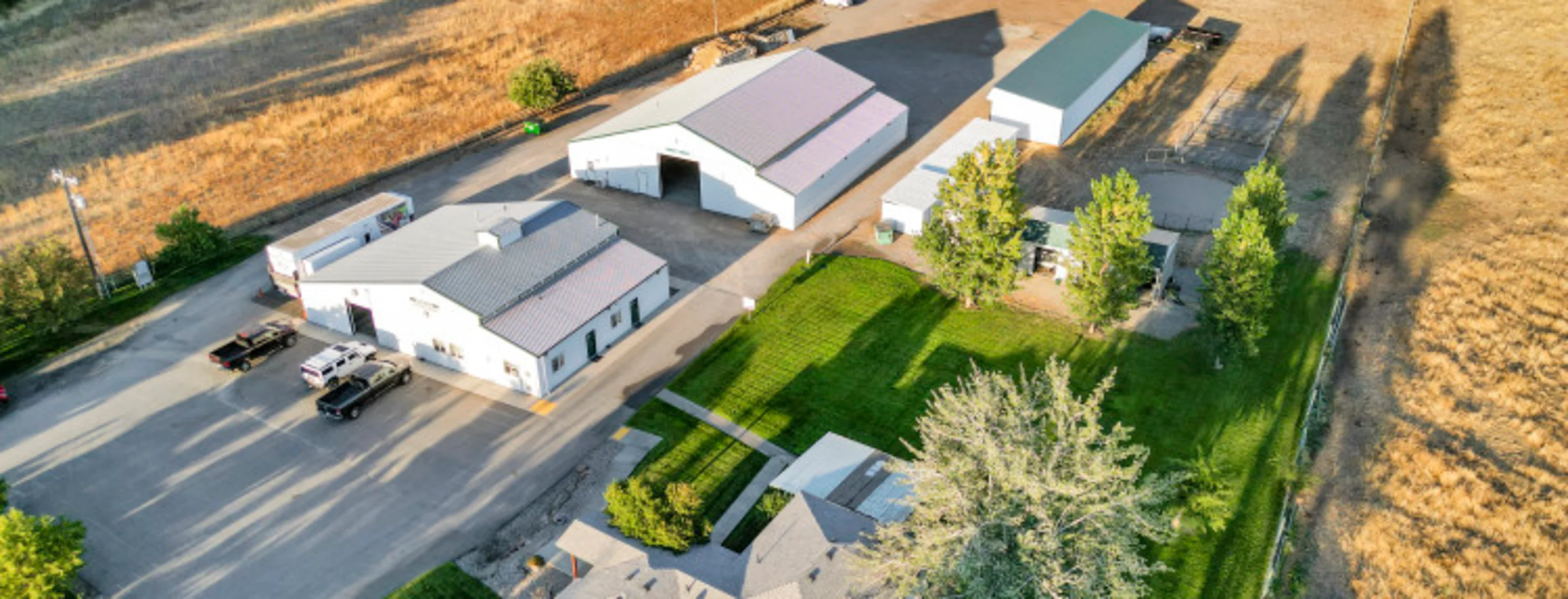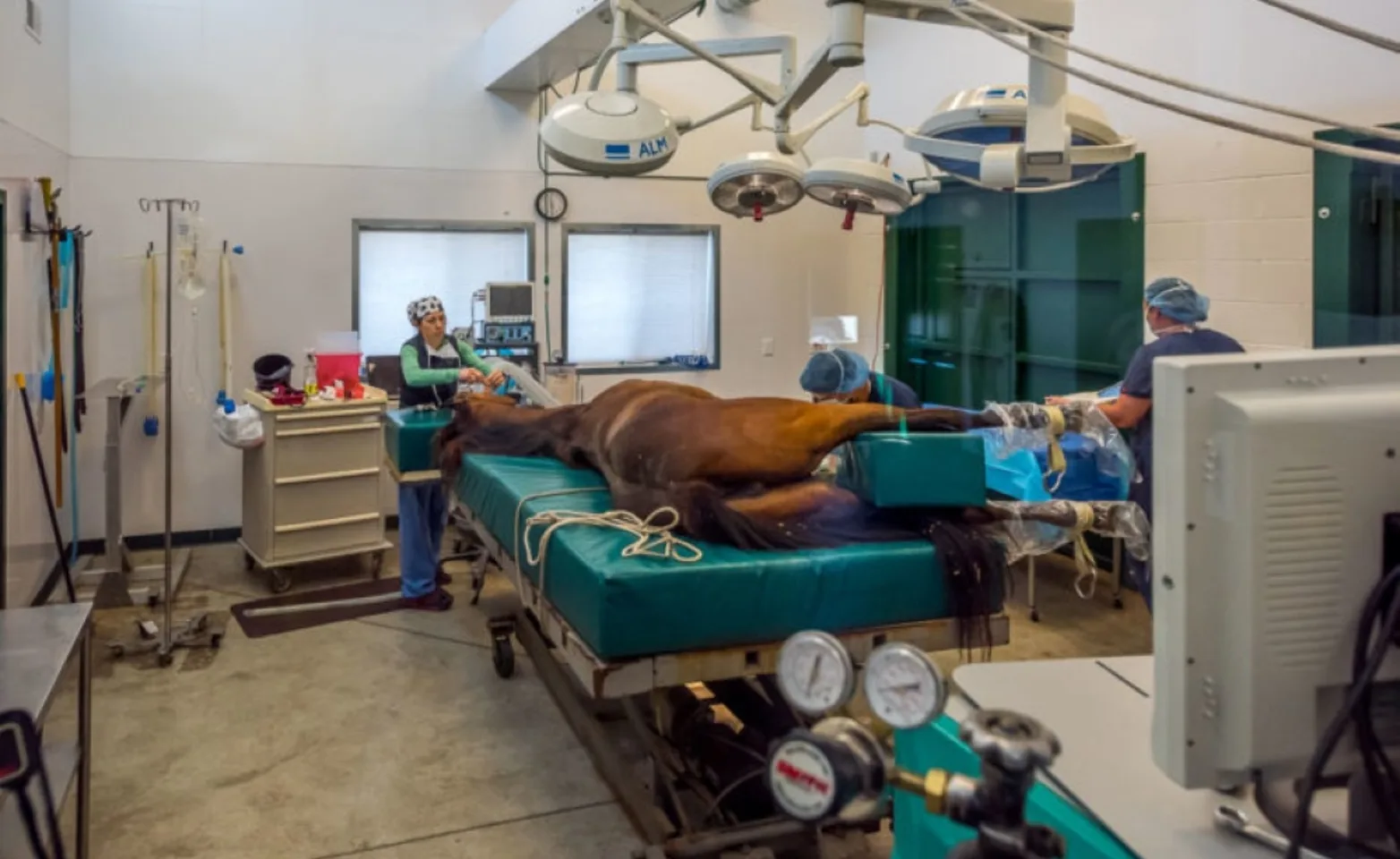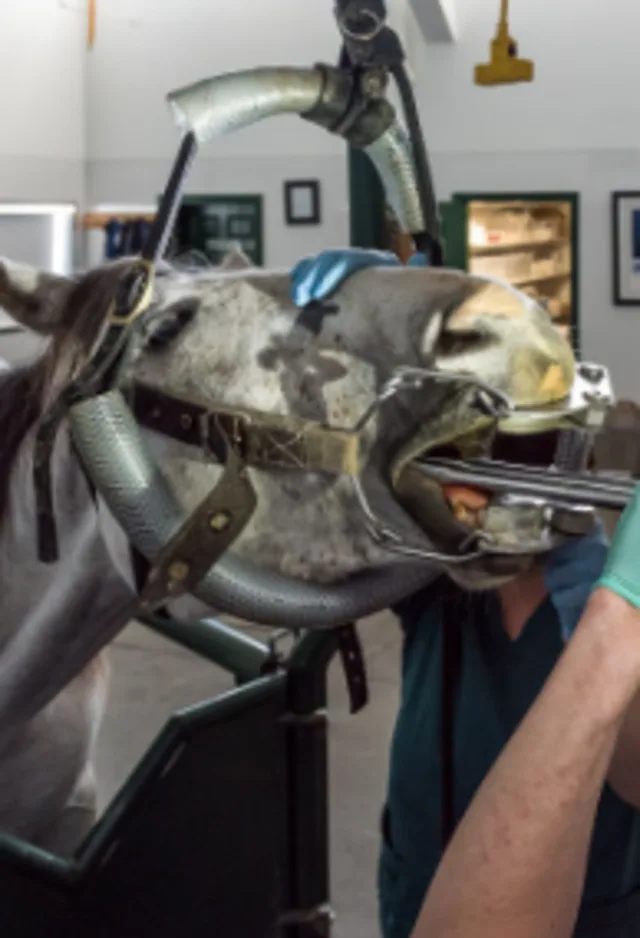McKinlay & Peters Equine Hospital


Providing the Inland Northwest with expert equine surgery
The focus of surgery at our hospital is state-of-the-art care for horses with injuries involving bones, joints, tendons, ligaments, and soft tissues.

Did you know we have a reproduction center?
At McKinlay & Peters Equine we take pride in our reproductive services. Our Reproduction Center in Colbert is a beautiful facility for stallions, mares, and foals. We have safe, lighted stalls for promoting early cycling in mares, video monitored foaling stalls, secure stallion stalls and turn-out paddocks.
Client Reviews & Testimonials
We have valued our clients' experience at McKinlay & Peters Equine Hospital since 1991. Here's what some of our clients are saying about us.
“We brought two horses over for MRI’s. There is anxiety just knowing that your horse needs an MRI but upon arrival at your facility, much of that anxiety vanished. Your facility is beautiful and your staff is outstanding. From your office staff to the friendly stall cleaners, everyone treated us with kindness and respect, and were accommodating and friendly. Thank you all for making our experience so positive.”
Nancy G. and Amanda S.
“Dear Dedicated MPEH Staff: Just wanted to let you all know how truly appreciated you each are – from the extra work for the Equine Education Day, to the little things you do during phone calls and haul-ins. I know that you have our horses’ best interests in mind during every contact. Thank you for the extra time you take to educate us horse owners so that we are giving our partners the best possible care at all times. We are grateful for the team at MPEH. It is clear how much you care!”
K & M Baker
“Once again, you have provided the knowledge and skills necessary for a successful embryo transfer! This time it resulted our lovely filly. She was awarded first premium at the KWPN-NA keuring at Sonnenberg Farm in Sherwood, Oregon Among the compliments from the keuring jury, was praise on the quality of her movement. I have another amazing dressage prospect! Thank you for your exemplary work…it is truly appreciated!”
L. Morton-Gramyk
Our Locations
Serving the Inland Northwest, call for farm call service areas.

Newman Lake
Newman Lake, WA

Reproduction Center
Colbert, WA





